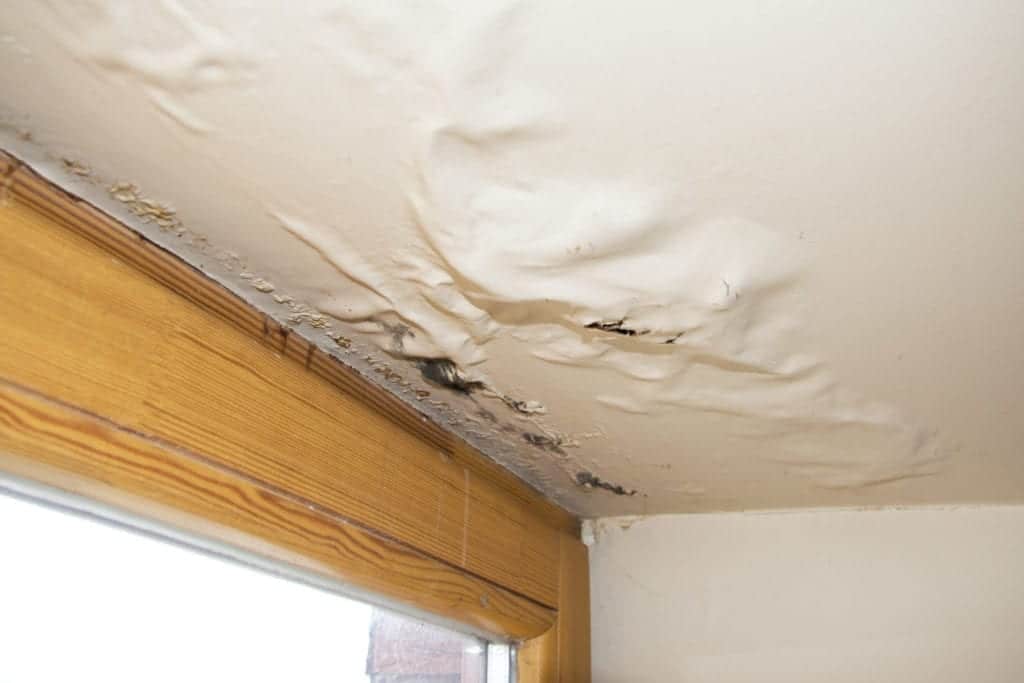6 Ways to Locate Hidden Water Leakages in Your Home
6 Ways to Locate Hidden Water Leakages in Your Home
Blog Article
They are making a few great observations on the subject of Detecting hidden plumbing leaks in general in this great article further down.

Early discovery of leaking water lines can minimize a possible catastrophe. Some little water leaks might not be visible.
1. Examine the Water Meter
Every house has a water meter. Inspecting it is a surefire way that aids you discover leaks. For starters, turn off all the water sources. Ensure no person will flush, use the faucet, shower, run the cleaning device or dishwasher. From there, most likely to the meter and watch if it will certainly transform. Because no person is utilizing it, there should be no movements. That indicates a fast-moving leakage if it relocates. Likewise, if you discover no changes, wait an hour or two and check back again. This suggests you might have a sluggish leak that could even be below ground.
2. Examine Water Intake
If you identify abrupt changes, in spite of your intake being the very same, it means that you have leakages in your plumbing system. An unexpected spike in your expense shows a fast-moving leak.
Meanwhile, a consistent increase each month, despite having the same routines, shows you have a sluggish leak that's also slowly escalating. Call a plumber to extensively check your home, particularly if you really feel a cozy area on your floor with piping beneath.
3. Do a Food Coloring Examination
30% comes from toilets when it comes to water intake. Test to see if they are running correctly. Drop specks of food color in the storage tank as well as wait 10 mins. There's a leakage in between the storage tank and bowl if the color in some way infiltrates your dish during that time without flushing.
4. Asses Exterior Lines
Don't neglect to check your exterior water lines too. Must water leak out of the connection, you have a loosened rubber gasket. One small leakage can lose bunches of water as well as surge your water bill.
5. Examine the circumstance and also inspect
Homeowners ought to make it a practice to check under the sink counters and also also inside cupboards for any bad odor or mold growth. These two warnings suggest a leak so timely focus is required. Doing routine inspections, even bi-annually, can save you from a major issue.
Examine for stainings as well as damaging as the majority of pipelines and also home appliances have a life expectations. If you believe leaking water lines in your plumbing system, do not wait for it to intensify.
Early discovery of dripping water lines can minimize a prospective disaster. Some little water leakages may not be visible. Inspecting it is a guaranteed means that helps you find leakages. One little leak can waste heaps of water and also surge your water costs.
If you suspect leaking water lines in your plumbing system, don't wait for it to intensify.
WARNING SIGNS OF WATER LEAKAGE BEHIND THE WALL
PERSISTENT MUSTY ODORS
As water slowly drips from a leaky pipe inside the wall, flooring and sheetrock stay damp and develop an odor similar to wet cardboard. It generates a musty smell that can help you find hidden leaks.
MOLD IN UNUSUAL AREAS
Mold usually grows in wet areas like kitchens, baths and laundry rooms. If you spot the stuff on walls or baseboards in other rooms of the house, it’s a good indicator of undetected water leaks.
STAINS THAT GROW
When mold thrives around a leaky pipe, it sometimes takes hold on the inside surface of the affected wall. A growing stain on otherwise clean sheetrock is often your sign of a hidden plumbing problem.
PEELING OR BUBBLING WALLPAPER / PAINT
This clue is easy to miss in rooms that don’t get much use. When you see wallpaper separating along seams or paint bubbling or flaking off the wall, blame sheetrock that stays wet because of an undetected leak.
BUCKLED CEILINGS AND STAINED FLOORS
If ceilings or floors in bathrooms, kitchens or laundry areas develop structural problems, don’t rule out constant damp inside the walls. Wet sheetrock can affect adjacent framing, flooring and ceilings.
https://www.servicemasterbyzaba.com/blog/how-to-detect-water-leakage-in-walls/

I'm certainly very serious about Locating water leaks and I hope you liked the entire blog entry. Enjoyed our blog? Please share it. Help other people find it. Thanks a lot for going through it.
Report this page